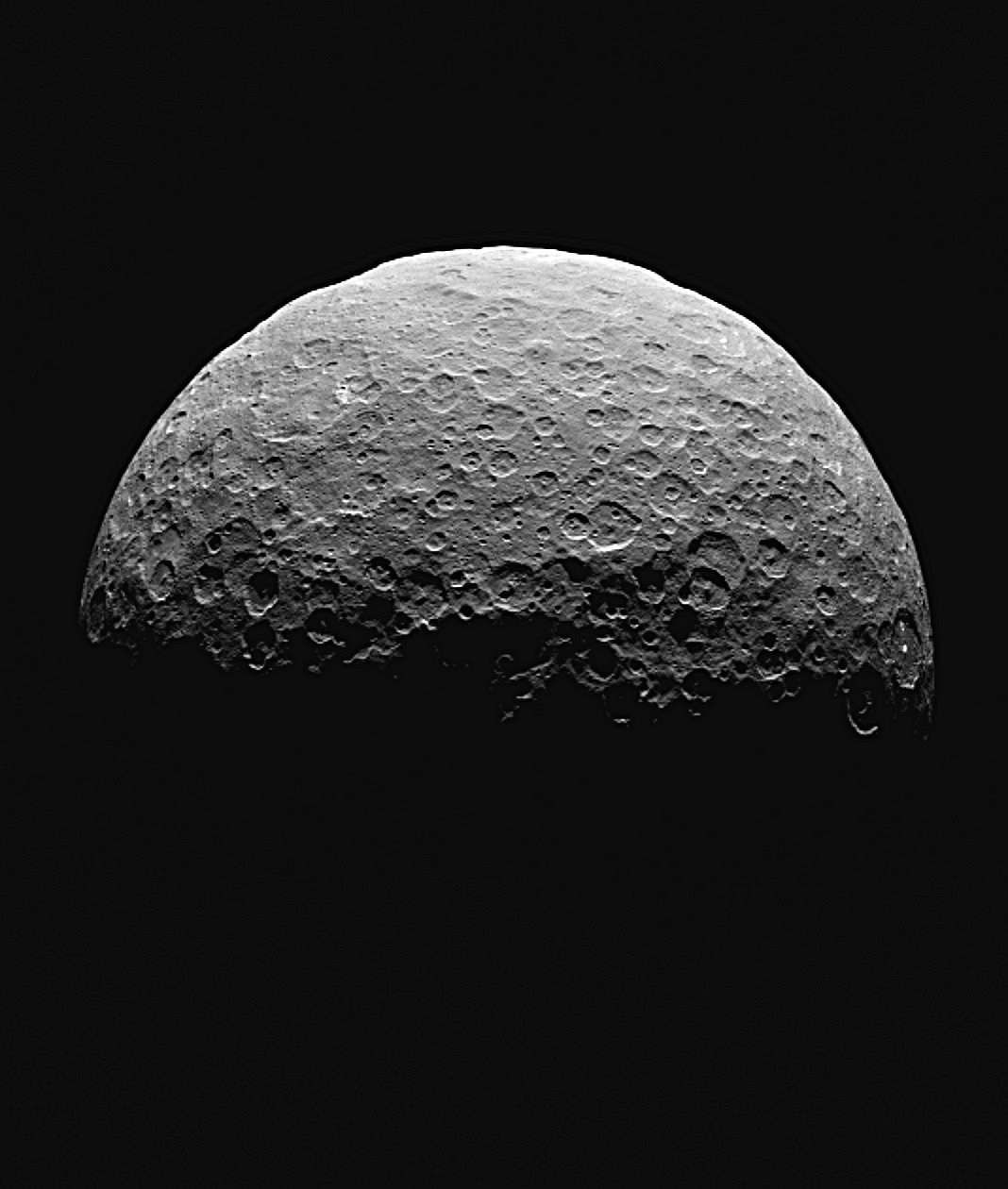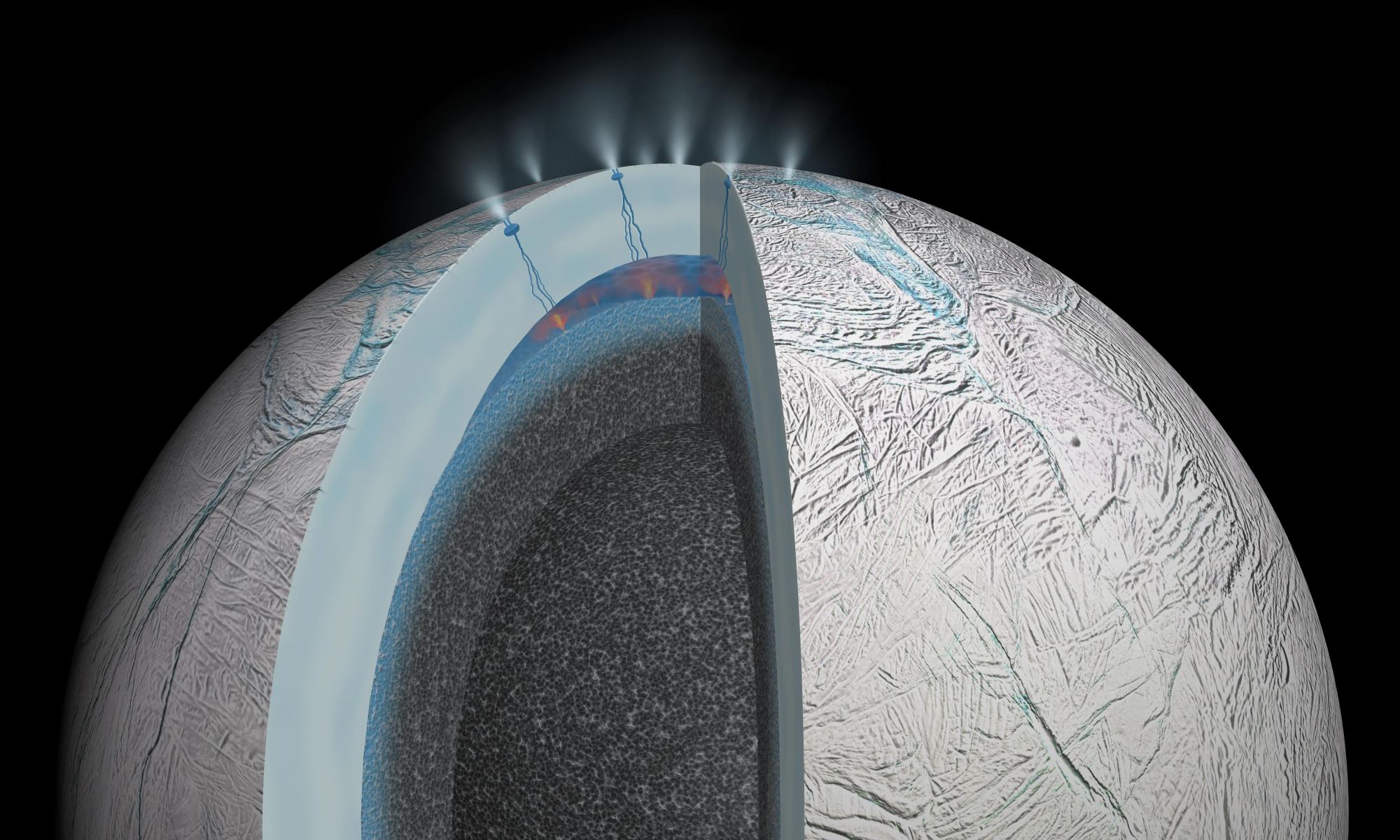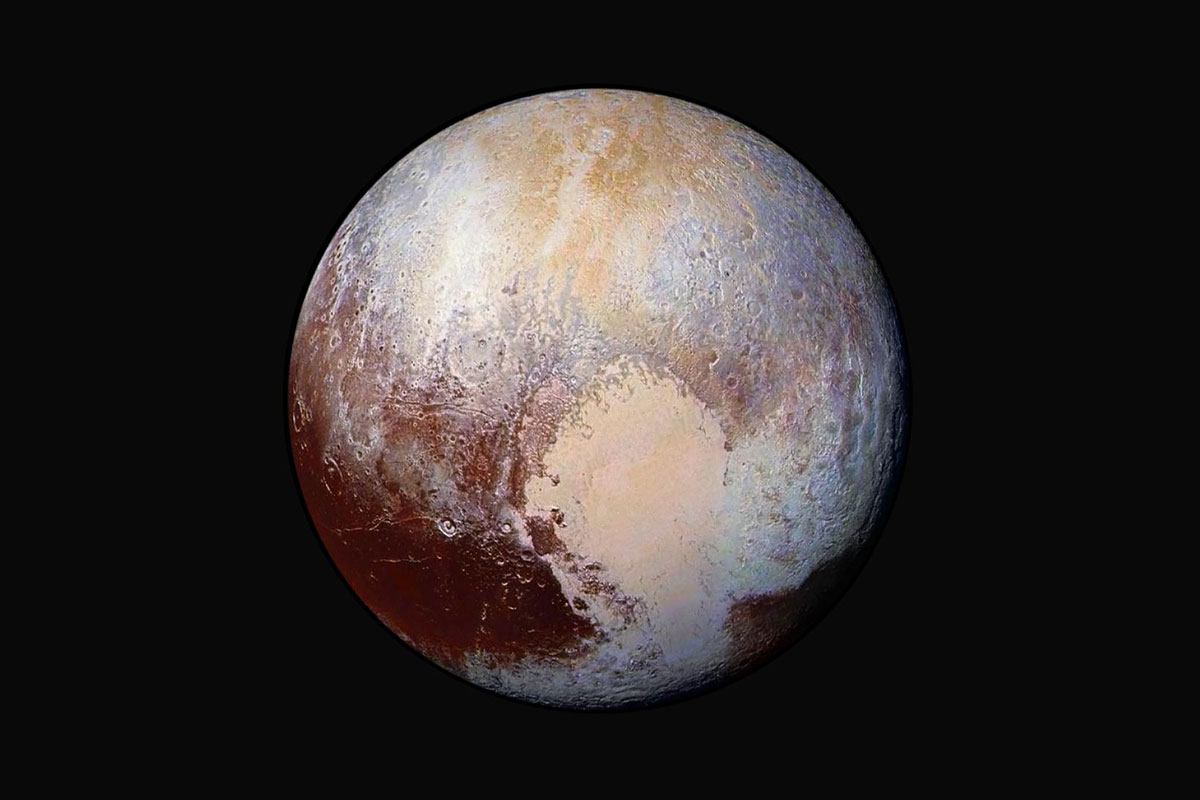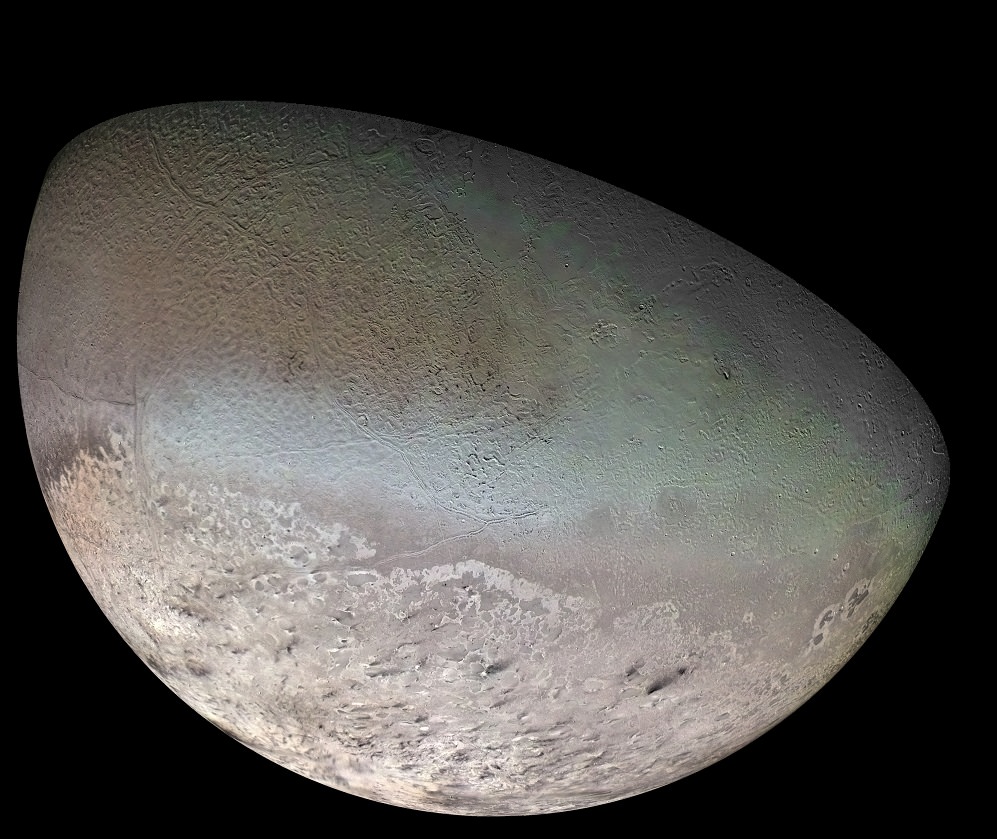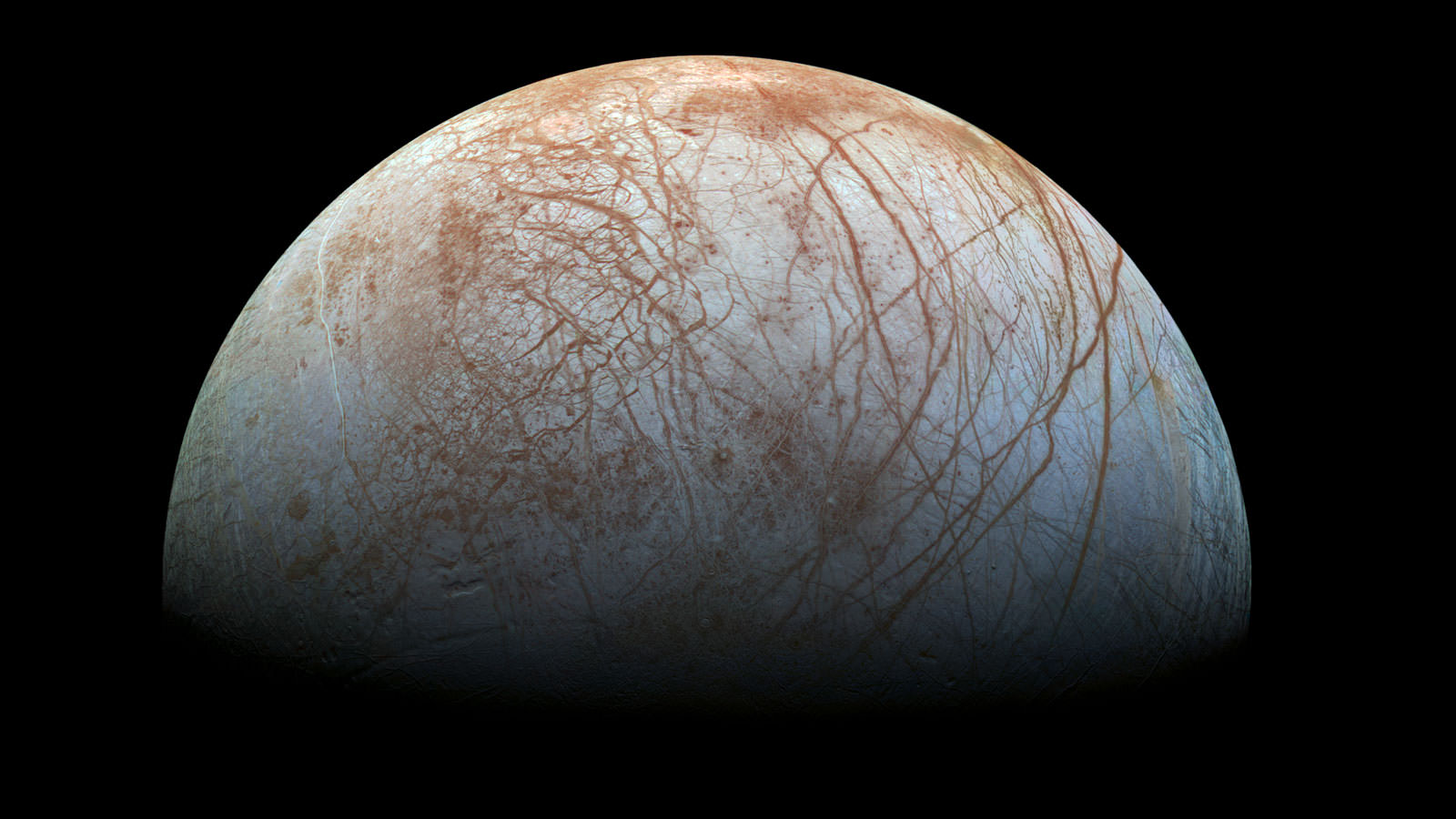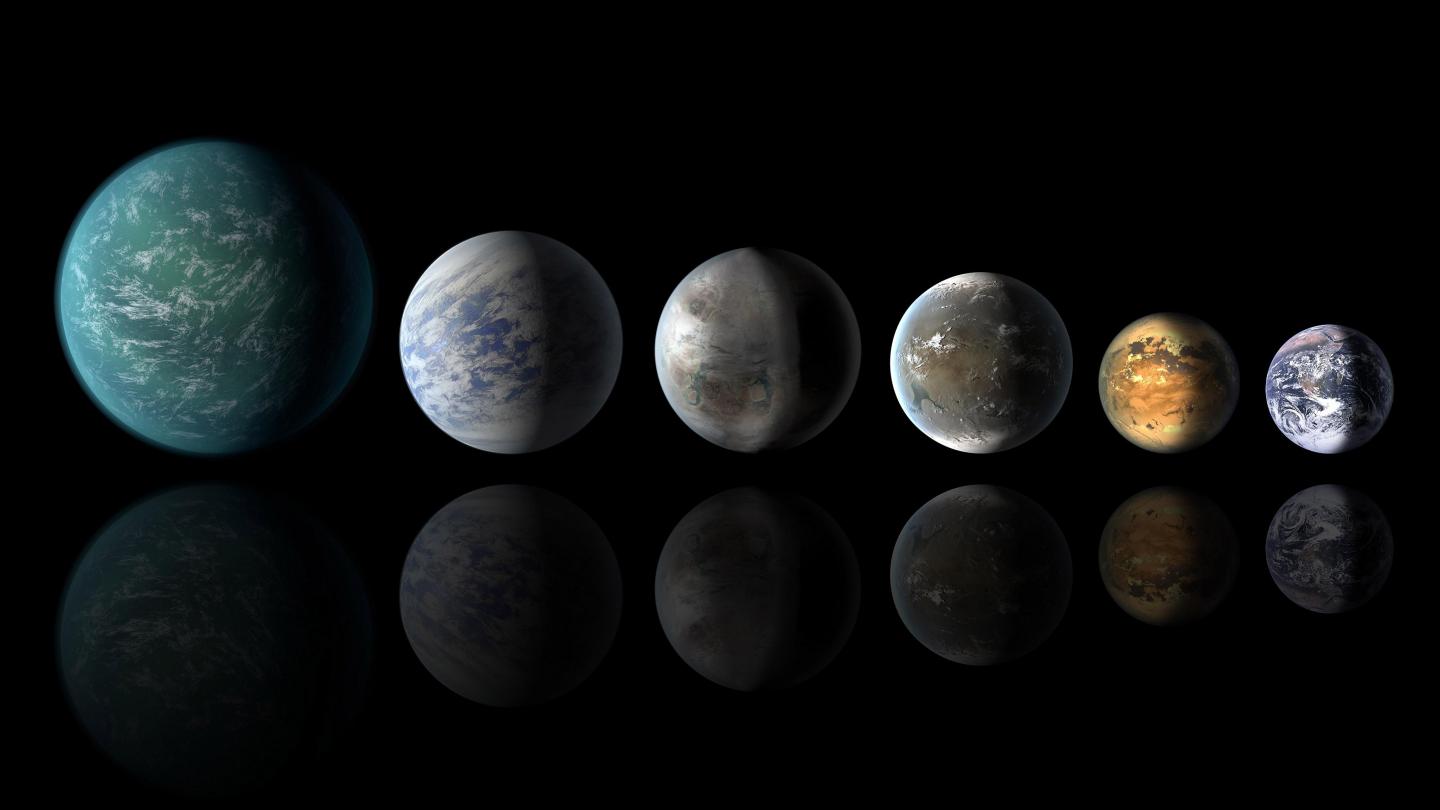When it comes to the search for extra-terrestrial life, scientists have a tendency to be a bit geocentric – i.e. they look for planets that resemble our own. This is understandable, seeing as how Earth is the only planet that we know of that supports life. As result, those searching for extra-terrestrial life have been looking for planets that are terrestrial (rocky) in nature, orbit within their stars habitable zones, and have enough water on their surfaces.
In the course of discovering several thousand exoplanets, scientists have found that many may in fact be “water worlds” (planets where up to 50% of their mass is water). This naturally raises some questions, like how much water is too much, and could too much land be a problem as well? To address these, a pair of researchers from the Harvard Smithsonian Center for Astrophysics (CfA) conducted a study to determine how the ratio between water and land masses can contribute to life.
Continue reading “Exoplanets Will Need Both Continents and Oceans to Form Complex Life”
